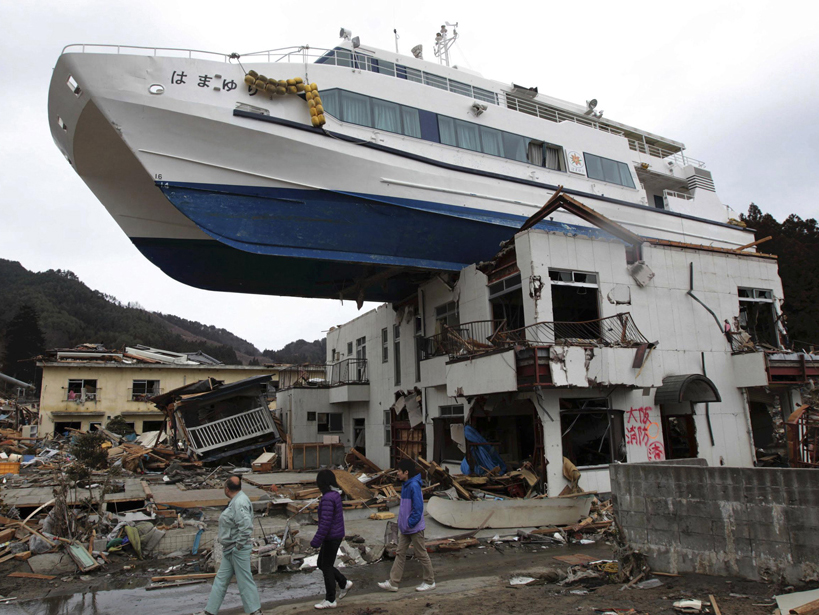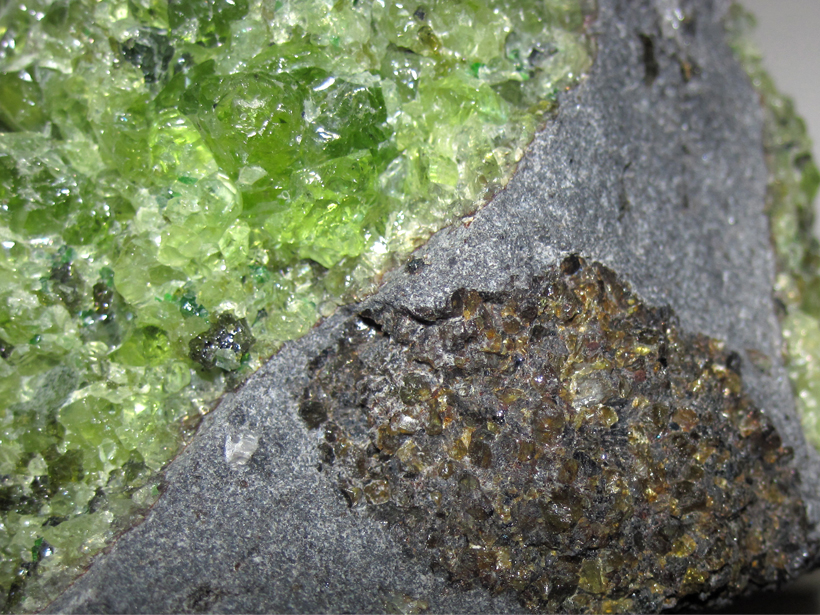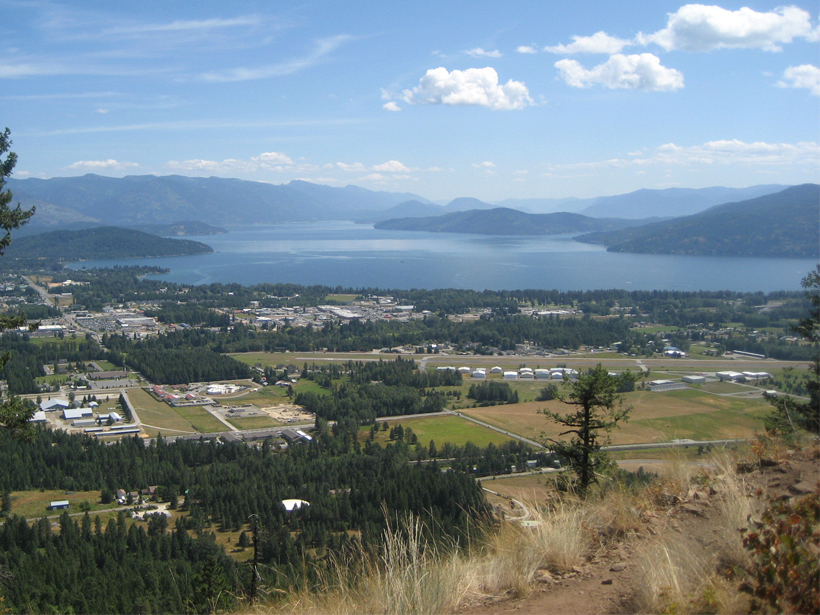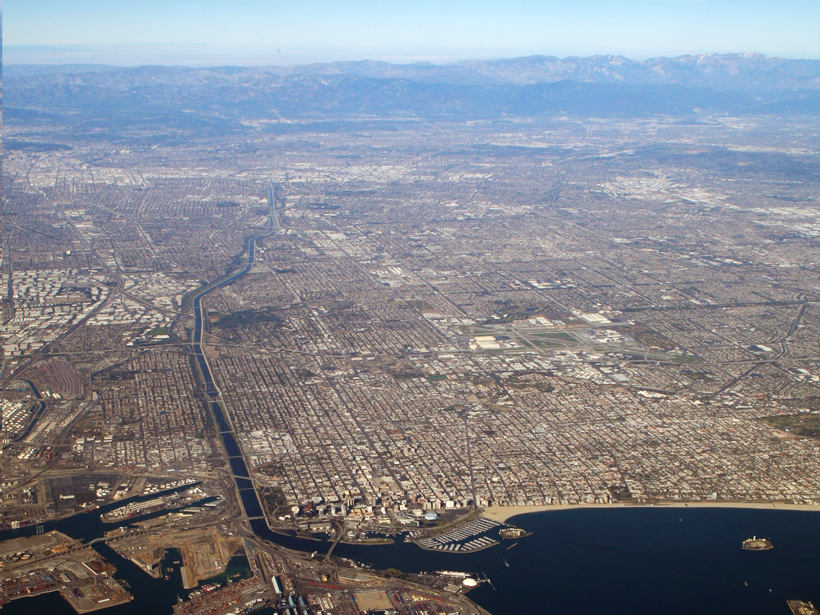For the first time, scientists use GPS to measure the displacement rate of the subducting Pacific Plate near the source of disastrous shaking in 2011.
earthquakes
Subtle Seismic Movements May Help Forecast Large Earthquakes
Where a plate of Earth's crust slides under another and when frequent episodes of plate slippage occur without noticeable earthquakes, large temblors will more likely strike, a new study finds.
P Wave Amplitude Decay Offers a Glimpse of Earth's Structure
Scientists look at deep earthquake signals to map how seismic waves lose energy in the upper mantle across the United States.
Quake or Bomb? Seismic Waves Speak Truth, Even If Nations Don't
When the Earth rumbles and no one knows why, seismologists can analyze the seismic event's waveforms to determine whether a hidden explosion or an earthquake caused the shaking.
Oklahoma's Dormant Faults Hide Huge Seismic Risk Potential
Researchers look at induced seismicity data in Oklahoma to spot an increase of stress in faults that could cause even more damage than recent quakes.
The Backwards Earthquakes
Earthquakes in Idaho's panhandle are usually caused by the Earth's crust pulling apart. So why were earthquakes on 24 April pushing the crust together?
Aftershocks of Old Quakes Still Shake New Madrid Seismic Zone
Geodetic data show that earthquakes in 1450 and 1811–1812 may be responsible for present-day seismic activity in the region.
An Ionospheric Index to Predict Earthquakes Falls Short
Scientists disagree about the validity of the spatial scintillation index, a tool that aims to forecast earthquakes based on atmospheric disturbances.
Wharton Basin Earthquakes: Evidence for a New Plate Boundary?
The largest ever strike-slip earthquake may have occurred on a newly developing boundary between the Indian and Australian plates.
Extracting New Meaning from Seismological Data
Scientists use noise data collected at the Long Beach dense array to measure elusive high-frequency surface waves.








